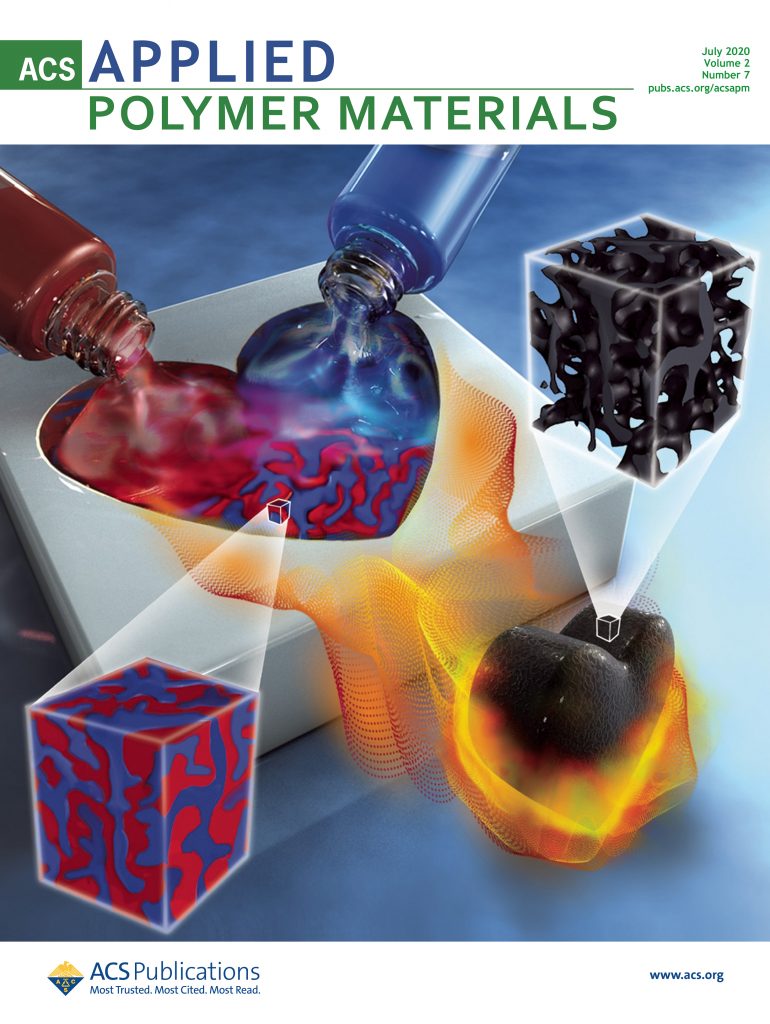气旋生成:模拟飓风和龙卷风
IF 4.4
2区 化学
Q2 MATERIALS SCIENCE, MULTIDISCIPLINARY
引用次数: 0
摘要
气旋是大气中复杂的热量和水分传递过程以及多种水介质(即水和冰颗粒)相互作用的结果,是一种大尺度现象。当气旋登陆时,它们会被视为自然灾害,引起人们的恐惧和敬畏。我们提出了一种基于物理的方法,以视觉上令人信服、物理上可信的方式描述气旋的三维发展过程。我们的方法允许我们捕捉大尺度热量和水的连续性、水介质的湍流微物理动力学以及行星边界层内的中尺度气旋过程。通过模拟这些过程,我们可以模拟多种飓风和龙卷风现象。我们通过与风暴探测的真实数据和气候学研究中的飓风登陆观测数据进行比较,对模拟结果进行定量评估。此外,我们还与以前的方法进行了定性比较,以验证我们方案的不同部分。总之,我们的模型以一种全面的方式模拟气旋生成,使我们能够以交互方式渲染一些最复杂天气事件的动画。本文章由计算机程序翻译,如有差异,请以英文原文为准。
Cyclogenesis: Simulating Hurricanes and Tornadoes
Cyclones are large-scale phenomena that result from complex heat and water transfer processes in the atmosphere, as well as from the interaction of multiple
hydrometeors
, i.e., water and ice particles. When cyclones make landfall, they are considered natural disasters and spawn dread and awe alike. We propose a physically-based approach to describe the 3D development of cyclones in a visually convincing and physically plausible manner. Our approach allows us to capture large-scale heat and water continuity, turbulent microphysical dynamics of hydrometeors, and mesoscale cyclonic processes within the planetary boundary layer. Modeling these processes enables us to simulate multiple hurricane and tornado phenomena. We evaluate our simulations quantitatively by comparing to real data from storm soundings and observations of hurricane landfall from climatology research. Additionally, qualitative comparisons to previous methods are performed to validate the different parts of our scheme. In summary, our model simulates cyclogenesis in a comprehensive way that allows us to interactively render animations of some of the most complex weather events.
求助全文
通过发布文献求助,成功后即可免费获取论文全文。
去求助
来源期刊

ACS Applied Polymer Materials
Multiple-
CiteScore
7.20
自引率
6.00%
发文量
810
期刊介绍:
ACS Applied Polymer Materials is an interdisciplinary journal publishing original research covering all aspects of engineering, chemistry, physics, and biology relevant to applications of polymers.
The journal is devoted to reports of new and original experimental and theoretical research of an applied nature that integrates fundamental knowledge in the areas of materials, engineering, physics, bioscience, polymer science and chemistry into important polymer applications. The journal is specifically interested in work that addresses relationships among structure, processing, morphology, chemistry, properties, and function as well as work that provide insights into mechanisms critical to the performance of the polymer for applications.
 求助内容:
求助内容: 应助结果提醒方式:
应助结果提醒方式:


